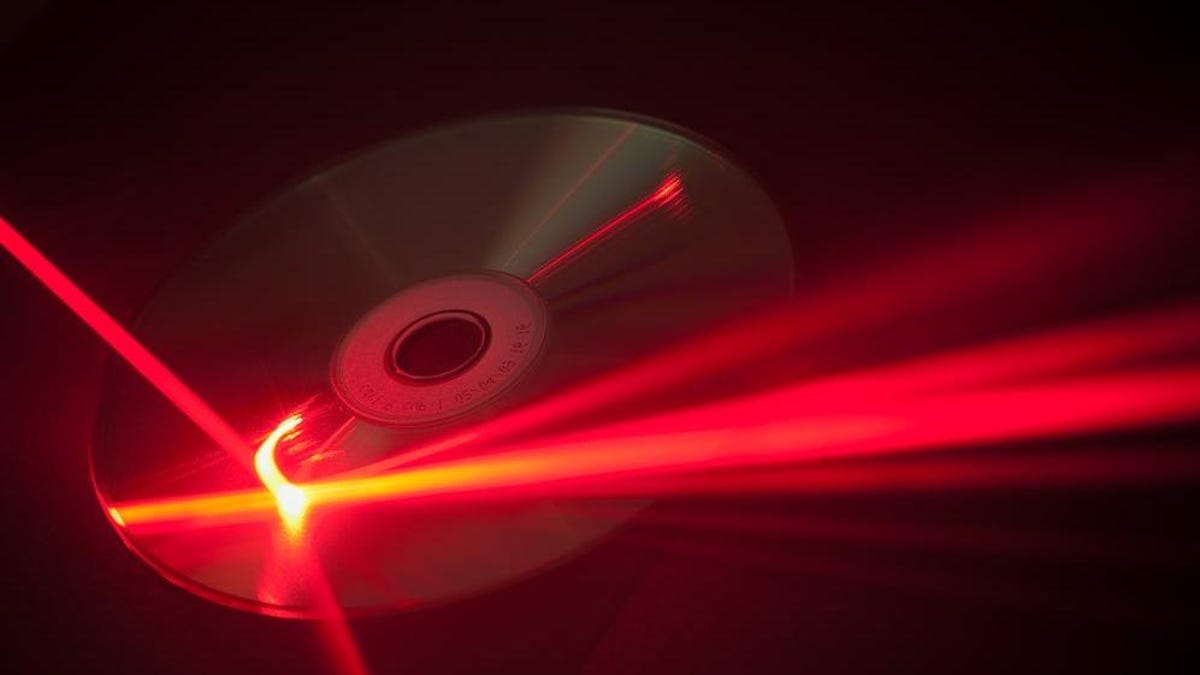Note: Unfortunately the research paper linked in the article is a dead/broken/wrong link. Perhaps the author will update it later.
From the limited coverage, it doesn’t sound like there’s an actual optical drive that utilizes this yet and that it’s just theoretical based on the properties of the material the researchers developed.
I’m not holding my breath, but I would absolutely love to be able to back up my storage system to a single optical disc (even if tens of TBs go unused).
If they could make a R/W version of that, holy crap.



There is nothing to keep you from using factors of 1024 (except he slightly ludicrous prefix “kibi” and “mebi”), but other than low level stuff like disc sectors or bios where you might want to use bit logic instead of division it’s rather rare. I too started in the time when division op was more costly than bit level logic.
I’d argue that any user facing applications are better off with base 1000, except by convention. Like a majority of users don’t know or care or need to care what bits or bytes do. It’s programmers that like the beauty of the bit logic, not users. @[email protected]
I agree with what you said, and its imo why the discussion of a factor of 1000 and 1024 will always rage on. Im a developer, and do embedded stuff in my free time. Everything around me is factor 1024 because of it, and i hate the factor 1000. But from a generic user standpoint, i agree its a lot more user friendly, as they are used to the metric system of a factor of 10
It is user friendly, and technically incorrect, since nothing ever lines up with reality when you use 1000 because the underlying system is base 8.
Or you get the weird non-sense all around “my computer has 18.8gb of memory”…